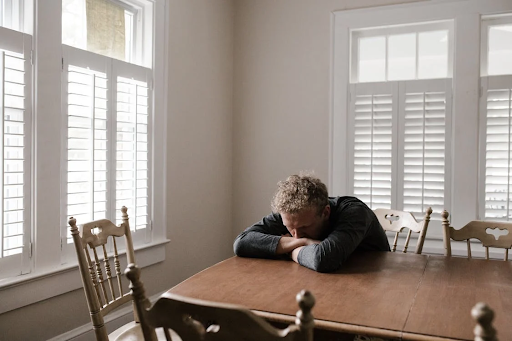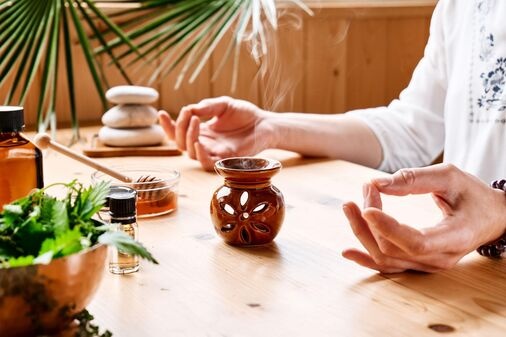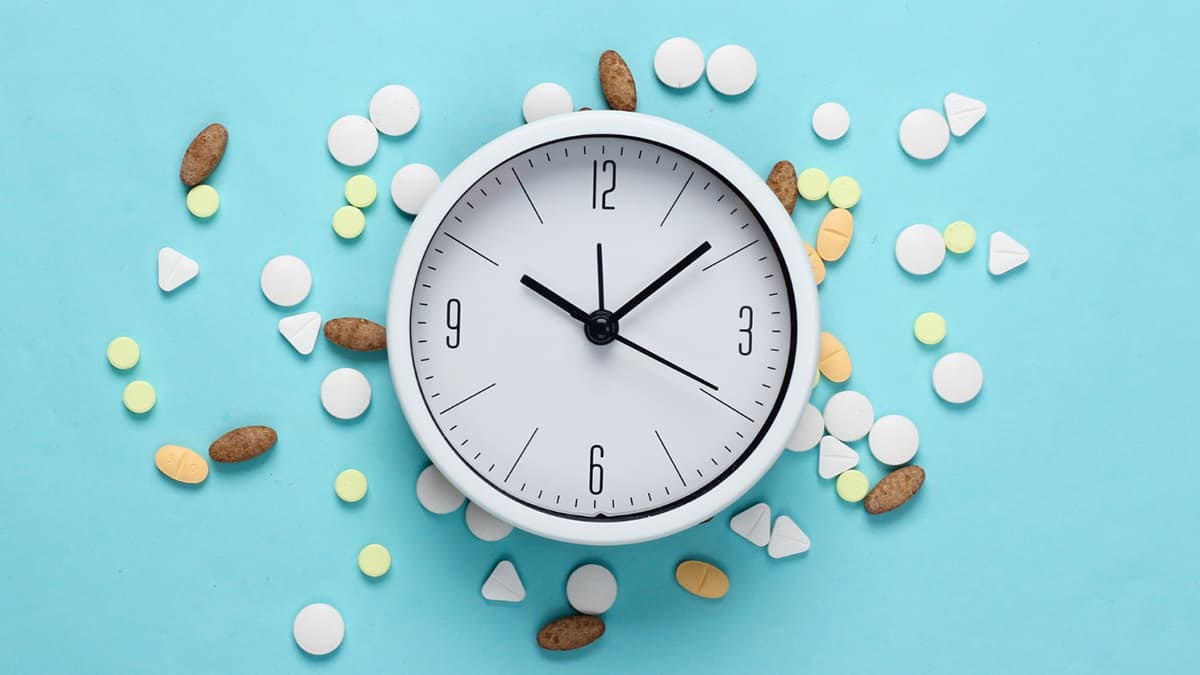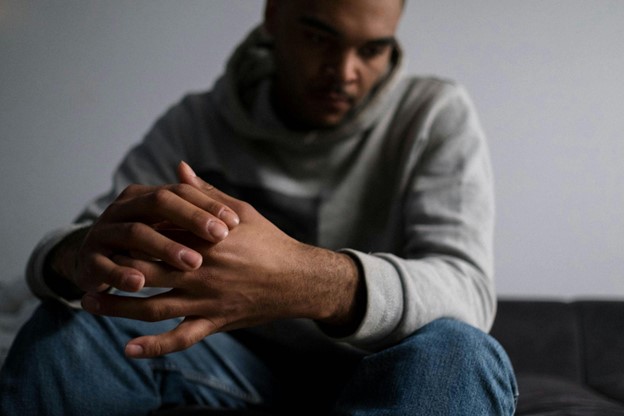Navigating the journey of addiction recovery is often fraught with challenges, but one significant hurdle that individuals face is the stigma surrounding mental health. This stigma can manifest in various forms, from societal attitudes to self-perception, and can significantly impact an individual’s recovery journey. Let’s delve into the complexities of mental health stigma in addiction recovery and provide valuable insights on how to overcome these obstacles.
How Do Mental Health and Addiction Intersect?
Before delving into the stigma surrounding mental health and addiction recovery, it’s crucial to understand the intersection of these two issues. Mental health disorders often co-occur with substance use disorders, creating a complex web of challenges for individuals seeking recovery. According to the Substance Abuse and Mental Health Services Administration (SAMHSA), approximately 3.6 million adults in the United States experience both a mental health disorder and a substance use disorder, a condition commonly referred to as co-occurring disorders or dual diagnosis.
Mental health and addiction often intersect in complex ways, and understanding this intersection is crucial for effective treatment and support. Here are several key points to consider:
- Co-occurring Disorders: Many individuals with substance use disorders also experience mental health disorders simultaneously. This phenomenon is known as co-occurring disorders or dual diagnosis. Common mental health conditions that co-occur with addiction include depression, anxiety disorders, bipolar disorder, post-traumatic stress disorder (PTSD), and personality disorders.
- Self-Medication: Some individuals may use substances as a way to cope with or alleviate symptoms of mental health issues. For example, someone with social anxiety might drink alcohol to feel more comfortable in social situations, or someone with depression might use drugs to temporarily escape their feelings of sadness.
- Biological Factors: There is evidence to suggest that both addiction and mental health disorders may have biological underpinnings, such as genetic predispositions or alterations in brain chemistry. These shared biological vulnerabilities can contribute to the co-occurrence of these conditions.
- Psychological Factors: Psychological factors, such as trauma, stress, low self-esteem, and dysfunctional coping mechanisms, can also contribute to both addiction and mental health disorders. For instance, childhood trauma may increase the risk of developing both substance abuse problems and mental health issues later in life.
- Behavioral Patterns: Addiction and mental health disorders often involve similar behavioral patterns, such as impulsivity, risk-taking behavior, and difficulty regulating emotions. These overlapping behaviors can reinforce each other and contribute to the maintenance of both conditions.
- Impact on Treatment: The presence of co-occurring disorders can complicate treatment efforts. For example, substance use may interfere with the effectiveness of medications used to treat mental health conditions, and vice versa. Additionally, individuals with co-occurring disorders may require integrated treatment approaches that address both their addiction and mental health needs simultaneously.
- Stigma and Shame: There is often stigma and shame associated with both addiction and mental illness, which can further exacerbate the challenges faced by individuals struggling with these issues. This stigma can deter people from seeking help and lead to feelings of isolation and hopelessness.
What Are the Consequences of Mental Health Stigma in Recovery?
Mental health stigma weighs heavy on folks who are trying to recover. It makes them feel isolated like they’re not worth much and makes it hard for them to reach out for help. It can even stop them from sticking to their treatment plans and mess with their job and education opportunities. Stigma also makes people face discrimination, strains their relationships, and sometimes even makes them feel like they’re not worthy of support. We’ve got to work on beating stigma by educating others, standing up for those affected, and showing empathy. It’s crucial to create an environment where everyone feels accepted and supported in their journey toward recovery and well-being.
How Can Education and Awareness Combat Mental Health Stigma?
Education and awareness are powerful tools in combating mental health stigma within the realm of addiction recovery. Firstly, comprehensive education initiatives can dispel myths and misconceptions surrounding mental health disorders and substance use, fostering greater understanding and empathy among individuals and communities. By providing accurate information about the biological, psychological, and social factors contributing to addiction and mental illness, education can challenge stigmatizing beliefs and attitudes, paving the way for more compassionate responses to those struggling with these issues.
Additionally, raising awareness about the prevalence of co-occurring disorders and the complexities of recovery journeys can humanize the experiences of individuals facing mental health challenges, reducing stereotypes and fostering a sense of solidarity and support.
Moreover, proactive awareness campaigns can help shift societal attitudes toward mental health and addiction, promoting acceptance, inclusivity, and destigmatization. By highlighting the commonality of mental health struggles and emphasizing the importance of seeking help without fear of judgment, awareness initiatives encourage open dialogue and destigmatize discussions surrounding mental health and addiction. Through media campaigns, community events, and educational workshops, awareness efforts can challenge stigma at both the individual and systemic levels, creating environments where individuals feel empowered to seek support, access resources, and embark on their journey to recovery with dignity and respect.
Innovative approaches in alcohol and drug rehab in Indiana
An exemplary model of overcoming mental health stigma in addiction recovery can be found at The Grove in Indiana. This facility adopts a holistic approach to treatment, set against the serene landscapes of Indiana, providing a nurturing environment for individuals seeking recovery. The Grove emphasizes the importance of education, empathy, and systemic change, integrating these elements into its comprehensive programs. By addressing the physical, emotional, and spiritual needs of each individual, The Grove champions a stigma-free future, showcasing the profound impact of a supportive and understanding community on the recovery journey. Their dedication to breaking down the barriers of stigma and fostering an inclusive environment serves as an inspiring example for others.
What Role Does Self-Care Play in Overcoming Mental Health Stigma?
Self-care serves as a vital component in overcoming mental health stigma within the context of addiction recovery. Firstly, self-care practices promote self-compassion and acceptance, countering the negative self-perceptions often reinforced by stigma. Engaging in activities such as mindfulness, meditation, and self-reflection allows individuals to cultivate a deeper understanding of their emotions and experiences, fostering resilience and self-worth in the face of societal judgment. By prioritizing their mental and emotional well-being, individuals can challenge internalized stigma and develop a more positive relationship with themselves, laying the foundation for sustainable recovery.
Moreover, self-care empowers individuals to take ownership of their health and advocate for their needs within recovery spaces. By practicing self-advocacy and boundary-setting, individuals can assert their rights to respectful and equitable treatment, challenging stigma and discrimination in healthcare settings and support networks. Additionally, self-care encompasses holistic wellness practices such as exercise, nutrition, and sleep hygiene, which play a crucial role in supporting mental health and addiction recovery. By nurturing their physical health, individuals can enhance their overall well-being and resilience, mitigating the impact of external stressors and stigma-related challenges on their recovery journey. Ultimately, self-care equips individuals with the tools and resources needed to navigate the complexities of mental health stigma, fostering a sense of empowerment, agency, and self-determination in their pursuit of wellness and recovery.
How Can We Work Towards a Stigma-Free Future?
Working towards a stigma-free future necessitates concerted efforts to promote education, empathy, and systemic change. By challenging misconceptions through education and fostering empathy, we can dismantle stigma at its core and cultivate understanding and acceptance. Advocating for policies that protect the rights and dignity of individuals in recovery, amplifying diverse voices, and fostering supportive communities all contribute to creating environments where individuals feel valued and respected. Through collective action and a commitment to fostering inclusive spaces, we can work towards a future where mental health stigma is eradicated, and all individuals are empowered to seek help and live fulfilling lives free from discrimination.








Leave a Reply
You must be logged in to post a comment.